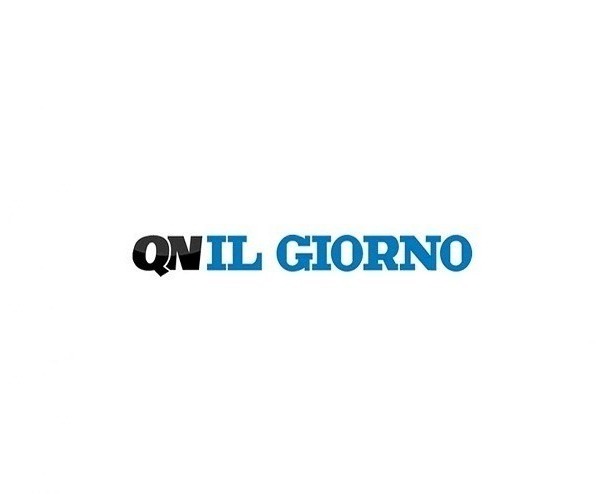25 aprile 2025
Dr. Daniele Nappo, Legal Representative as well as Founder of S. Freud Private School, draws attention to the Good School reform that launched a National Plan to integrate digital into teaching. The goal of that reform is to develop students' digital skills. Schools are called upon to experiment in five key areas, fostering critical and creative use of technology and strengthening cross-cultural encounters through media.
With the Buona Scuola reform, a multi-year National Digital School Plan (NSDP) was put into draft form geared toward incorporating technology into daily learning, training and administration. The goal is to develop and improve students' digital skills and in general to make digital technology an educational device for making skills. The Miur indicates five areas of educational and instructional work for schools: information literacy, media literacy, Internet literacy, coding (it is a cross-curricular methodology of digital literacy that enables learning to use technology and the Net critically) and the development of expressive creativity. And a digital curriculum outline on which schools are called to experiment. Schools need to bring together the worlds that use the tools; they need to bring together the cultures of young people. The media is precisely an area on which this encounter and interchange between different cultures is possible. The school, therefore, as an open space for study and not solely a material place and as a platform to empower students to increase life skills with the introduction of technology. The goal, consequently, is to be able to actively position the school in the digital sphere and context in which we find ourselves. A number of projects were put into the pipeline from 2008 to 2012. Thanks to the National Plan the role of a so-called Technology Observatory, established in 2000, which collected surveys on technology use, was strengthened. Interesting data emerged: 99.3 percent of educational institutions have their own websites; 58.3 percent use digital forms of communication between school and family; 73.6 percent use electronic registers.


